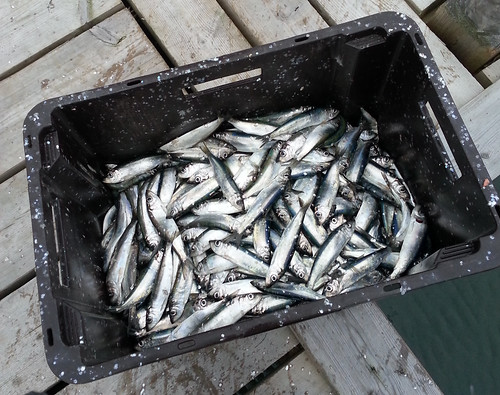In the Archipelago Research Institute, the reproductive biology of the Baltic herring (Clupea harengus membras) has been studied for over 30 years, since 1984. During the last few years we have discovered large amounts of parasitic worms in the body cavity of herring, collected from the Airisto Inlet. The phenomenon is new as no worms have been previously discovered in our samples. Dna-analyses conducted by the University of Eastern Finland showed that the parasitic worms are in fact two species (Corynosoma strumosum ja C. semerme), belonging to the phylum Acanthocephala. A new research project, studying the distribution and occurrence of these worms in the local herring, seal and great cormorant populations will begin next summer.
Acanthocephala, also called thorny- or spiny headed worms, are commonly found in fish and seals. In Finland, 11 species are known to occur. The parasitic worms don’t infect humans. The Baltic herring is a safe and nutritious food fish and no cold treatment is required when preparing the fish.

According to our preliminary studies, in 2014-2015, approximately 15% of herring in the Airisto Inlet were infected by the parasitic worms.
Corynosoma-worms use herring as an intermediate host. The grey seal (Halichoerus grypus) and/or ringed seal (Pusa hispida) are definitive hosts for the Corynosoma –species. Of the two seal species, the grey seal is common in the Bothnian Sea and nowadays also in the Archipelago Sea. The steady increase of the grey seal population and its spread to the middle- and inner archipelago might have caused the parasitic infection in herring. The species C. strumosum has also been discovered in Great Cormorants (Phalacrocorax carbo). Therefore, it is possible that the bird species is also a definitive host as the increase of the cormorant population coincides with the timing of our findings.

Parasitic worms may cause negative effects for commercial herring fishery. Therefore, it is important to understand the extent of the phenomenon and the causes behind it.
The two-year study is funded by the Archipelago Sea Fisheries Action Group (officially Saaristomeren kalatalouden toimintaryhmä in Finnish). The research is carried out together with the Joensuu Molecular Ecology Group of the University of Eastern Finland. The project’s field work begins next summer. The aim is to chart the distribution and occurrence of the parasitic worm species in the local herring population. We will also investigate whether the Great Cormorant is a definitive host in addition to the grey seal.
Stay tuned for updates from the field!


Leave a Reply